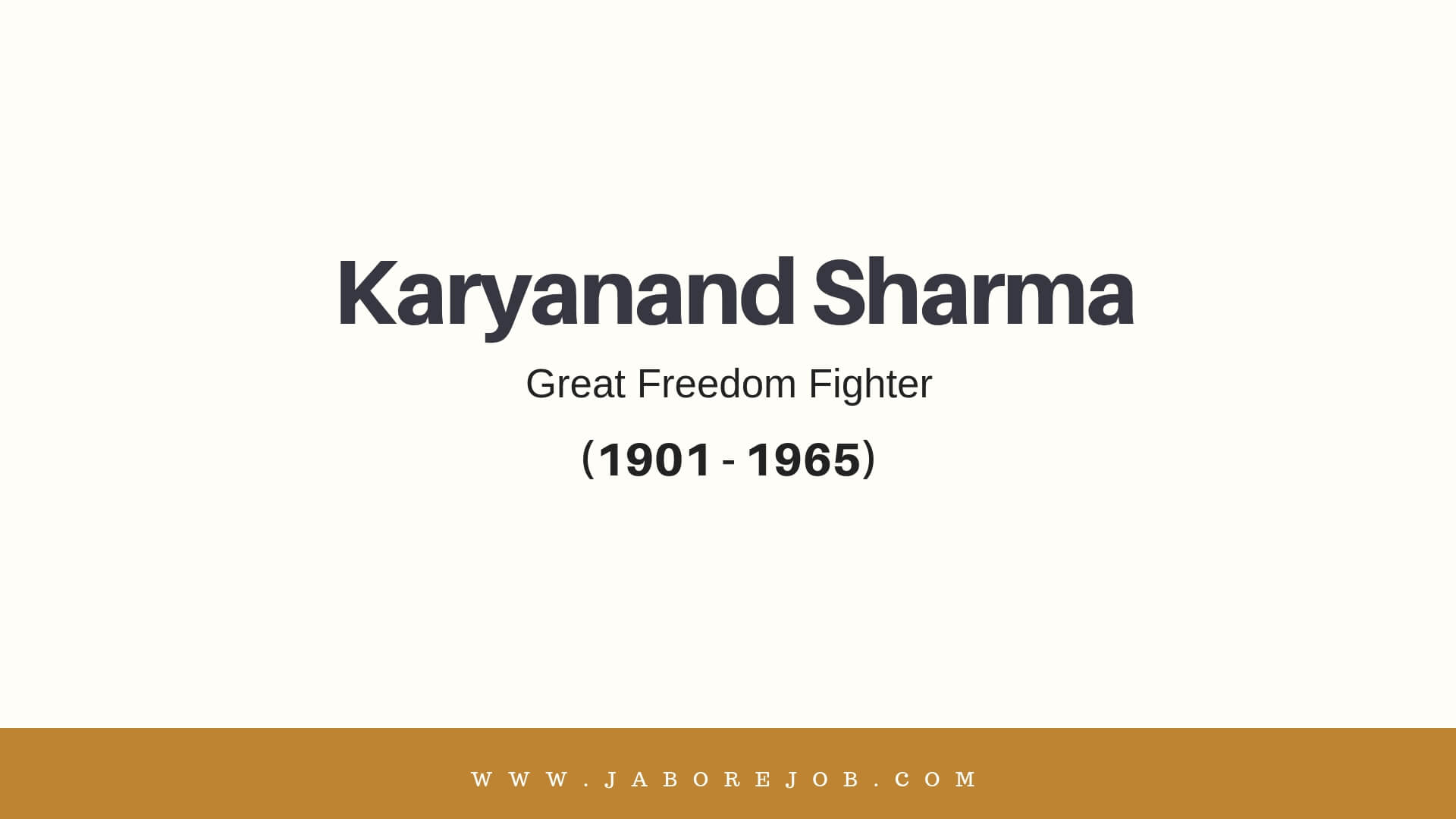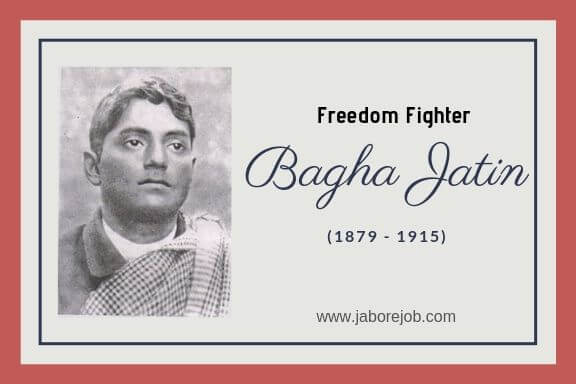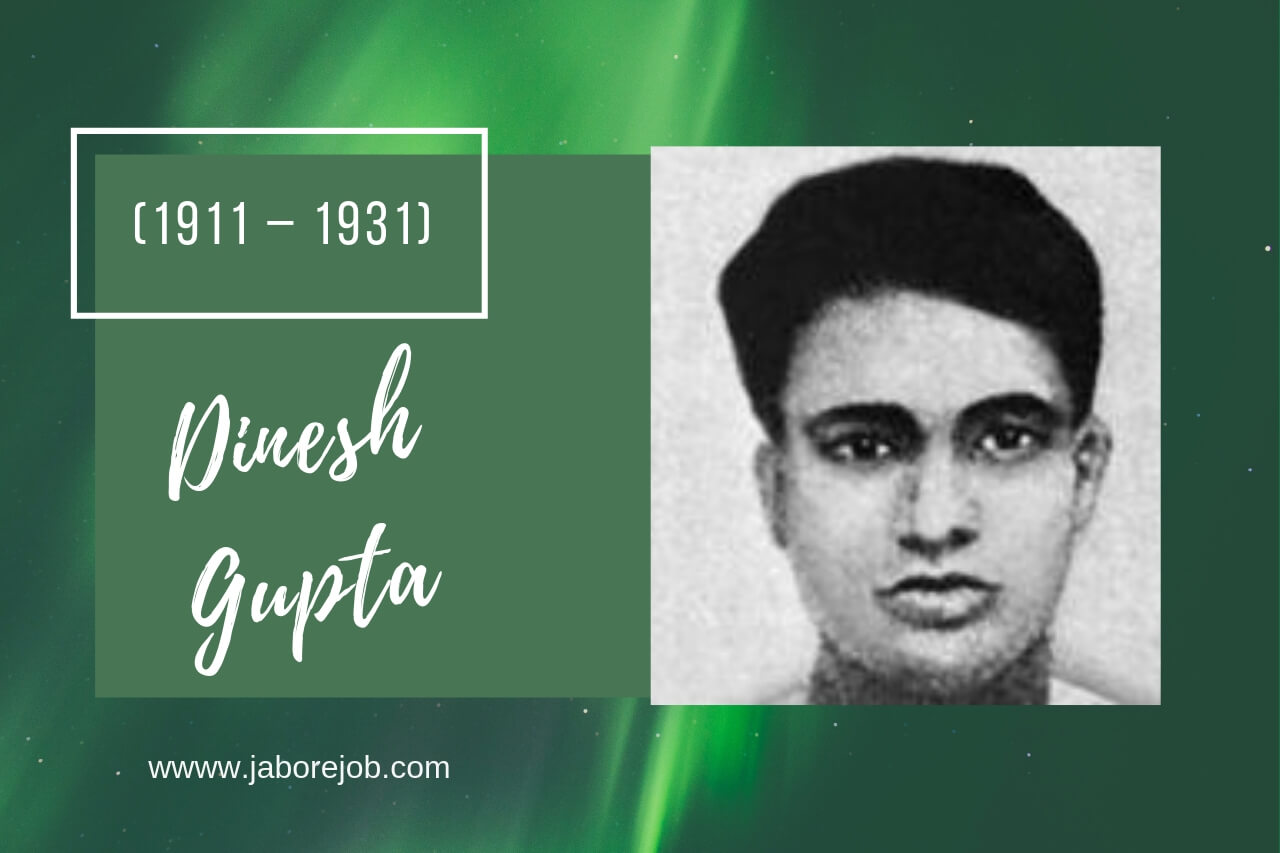The Reorganisation of States did not happen overnight, let us understand some background reasons for the cause that took place.
In 1947, India as an independent nation began to eradicate historical evils such as underdevelopment, poverty, illiteracy, social inequality and injustice.
The task of building a nation was inspired by secularism, democracy, rapid economic development and radical social changes for the progressive integration and consolidation of the Country immediate after the Independence.
Challenges of Reorganisation of States
1) The main challenge was to unite a big country like India, which was so diverse in terms of multilingual and multicultural set-up.
a) Integration of complex diversity such as linguistic, cultural, economic, etc. In a common framework, “political identity and loyalty” was a Herculean task.
b) Linguistic diversity has given rise to strong political currents focused on two fundamental issues
- Designation of the status of the official language in Hindi and
- Linguistic Reorganisation of States.
2) The establishment of democracy in accordance with the principles of the constitution was once again a difficult task for the nation that has just been born.
3) The development of all sectors of society, with special emphasis on disadvantaged groups and religious and cultural minorities, should be a priority.
4) Economic development and the eradication of poverty should be achieved in a state of war.
Integration of Princely States
a) How many states in India in 1947? The British had divided the Indian colonial administration into two categories, such as the British Indian provinces and the Indian princely states (565).
b) The supremacy or sovereignty of the British crown came to an end right after independence.
c) These princely states were largely undemocratically managed and the leaders refused to grant democratic rights to their people after independence and tried to establish an independent state without falling under the Union’s Instrument of Accession.
d) The princely states such as Junagadh, Hyderabad, Kashmir, and Manipur created chaos before becoming part of India.
e) The problem of Junagadh(Gujarat) was solved after a plebiscite that guaranteed the desire of the people to join India; Nizam of Hyderabad was admitted as a result of police action;
Kashmir through negotiation and Manipur allowing the leader Bodhchandra Singh to establish a constitutional monarchy that the Indian government slowly transformed into a complete democracy.
Therefore, the integration of princely states into the Union of India has been a success and has begun the Reorganisation of States for a linguistic basis.
Linguistic Reorganisation of States
(i) Any language or mother tongue cannot be the means of instruction in the field of education, administration or judicial activity unless a state is created in the linguistic lines.
(ii) National leaders felt that the reorganization of the states could wait a few years, as it could aggravate the tensions that prevailed immediately after independence (political dislocation, law and order problems, Kashmir problem, the war-like situation with Pakistan)
For the reason didn’t take it up immediately, but expand it by appointing the commissions to verify the viability of the reorganization.
(iii) In 1948, S.K. The Dhar Commission was appointed to verify the viability of the reorganization of the States on linguistic bases.
The Commission cautioned against this approach, as it could threaten national unity and lead to administrative inconveniences by creating too many heavy states.
(iv) In December 1948, to appease the relentless agitators who were not impressed by the recommendations of the Dhar committee, the commission appointed by the government (Jawaharlal Nehru, Sardar Patel, and Vallabhai Pattabhi Sitaramayya).
This committee did not favor the Reorganisation of States on a linguistic basis, citing the reasons for unity, national security, and economic development.
(v) The report of the JVP committee has caused many disturbances in the country. October 19, 1952, Potti Sriramulu, freedom fighter, fasting until his death, for a separate Andhra for Telugu speakers and expired after 58 days.
His death was followed by a large amount of civil unrest and the government immediately gave the request and a state to the Telugu-speaking people, Andhra Pradesh was created in 1953 and this was the first state of India after Independence.
(vi) The establishment of Andhra Pradesh has encouraged other linguistic groups to participate in their own state for linguistic reasons.
(vii) In August 1953, the Commission for the Reorganisation of States (CBC) was formed with Justice Fazl Ali as President, K.M. Panikkar and H.N. Kunzru as members to examine the proposed reorganization of linguistic lines.
The SRC presented the report in 1955, which indicated the linguistic Reorganization of States.
(viii) The State Reorganization Act was approved by Parliament in November 1956, which provided for 14 states and 6 centrally administered territories that have been converted into 29 states and 7 territories till date by uprooting Indian democracy without any compromise on National Unity and Integrity and Encouragement of the plurality of ideas and ways of life.
(ix) Minority languages: Not all languages have the status of a separate State, as the CBC capped 30% of the population for a separate state.
As a result, many other minority languages must be protected. Our Constitution provides for the protection of minority language people under the Article.30 (right of minorities to establish and administer educational institutions of their choice),
Under the Article.347 (intervention of the president to be officially recognized as a minority language throughout the state or in certain regions)
Integration of Tribes into Indian Society
(i) In India, the highest concentration of tribes is observed in Madhya Pradesh, Bihar, Orissa, Northeast India, West Bengal, Maharashtra, Gujarat, and Rajasthan.
(ii) Having the habitat of hills and forests in colonial times, they lived in relative isolation with traditions, habits, cultures, and lifestyles distinct from those of non-tribal people.
(iii) Eventually, their isolation was eroded by the penetration of market forces where a large number of money-lenders, traders, revenue farmers, middlemen, and other petty officials disrupted the tribal way of life.
(iv) Land loss, indebtedness, exploitation by intermediaries, denial of access to forests and forest products, oppression and extortion by police officers, forest officials have provoked a series of tribal uprisings such as Santhal uprising, Munda rebellion, etc.
(v) Our former Prime Minister, Jawaharlal Nehru, has promoted the policy of integrating the tribes into Indian society by encouraging the tribes to progress and achieve this progress from the strategies of assimilation and integration to allow the tribes to live on their own which is ensured in the sixth schedule of Indian constitution.
(vi) The inhabitants of the hills of Naga Hills have launched the secessionist claims for the independence of Naga tribes by the armed rebellion that forced the Indian government to accept their demands, and the state of Nagaland was born in 1963. Although periodic disturbances of insurgency exist until the date.
(vii) The policy of the Assamization-Passage of Assam Official Language Act, making the Assamese the official language of the State, the refusal to use tribal languages in the administration led to tribal discontent.
After long discussions in 1969, Meghalaya became an “autonomous state” under Assam, which became a state in 1972.
(viii) North-East Frontier Agency or NEFA was created, as union territory to maintain the traditional lifestyle of the tribes and NEFA was called Arunachal Pradesh, which was finally created as a state in 1987.
(ix) On a similar tribal interest, Mizoram was also created as a state in 1987.
(x) Chota Nagpur, Santhal Parganas, part of Bihar, home to major tribes such as Santhals, Hos, Oraons, Mundas, has increasingly become a class-divided society that leads to economic differentiation.
Under the leadership of Jharkhand Mukti Morcha, the claim for a separate state was strong and on 15th November 2000, Jharkhand was created.
At the same time, Chattisgarh and Uttaranchal were also established in 2002 due to the cultural distinction between Madhya Pradesh and Uttar Pradesh.















